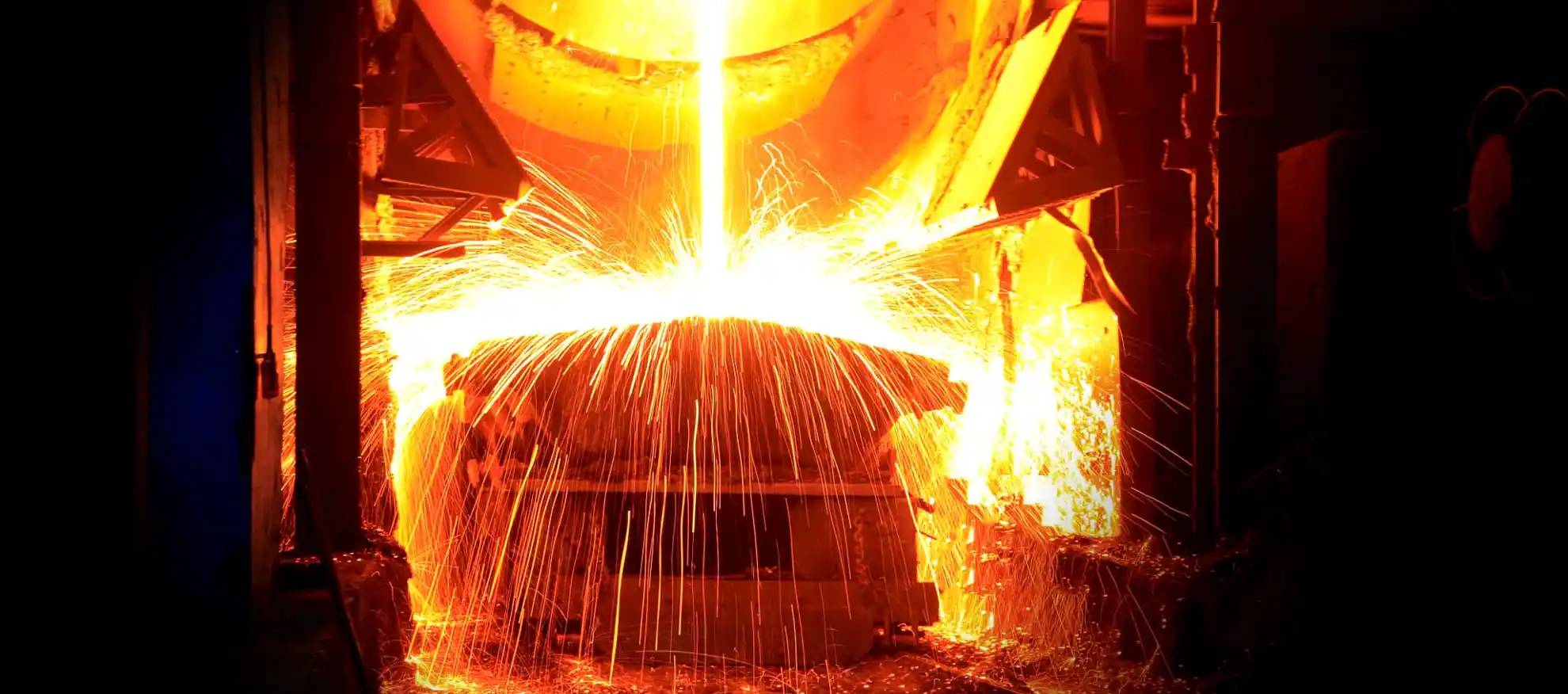Explore the process of Ferro Silicon (FeSi) alloy production. Learn about raw materials, production methods, and environmental considerations.
Ferro silicon
FeSi contains 65% to 90% of silicon and minor amounts of iron, aluminium and carbon. FeSi increases the strength of steel and is therefore used in those steels which are required for producing wire cords for tyres and ball bearings. FeSi is also used for deoxidation during steelmaking. The other major applications of FeSi are in electrical steels used for transformers and dynamos, alloy steels for tools and automobile valves, and iron castings.
The raw materials that are commonly used for the production of FeSi are quartz, coke, coal, charcoal, wood chips, iron ore/steel scrap, and electrode paste. Around 1.75 to 2 tons of quartzite is required to produce one ton of FeSi. A very high consumption of power (around 9-10 MWh) is needed to produce one ton of FeSi.
To achieve good results, the selection of the raw material is to meet the strict quality requirements. The thermal strength of the quartzite is very important since it is connected to the gas permeability of the charge where too much fine-sized material may prevent gas flow. To avoid fines generation, excessive falls/drops and handling of the raw materials are to be avoided. The carbon quality is important for the environmental performance of the process because the coal and coke contain sulphur and trace elements which can be emitted into the environment.
The different raw materials that are used for the production of FeSi are preferably stored on hard surfaces to prevent contamination. The reducing agents are normally stored outdoors or indoors, the latter to avoid the material from humidity caused by rain. Some of the reducing agents can have self-igniting characteristics. In these cases, appropriate methods have to be implemented to avoid self-combustion.
FeSi are commonly produced in low shaft three-phase SAFs. The electric furnace can be of the open or semi-closed type. The furnace normally rotates to connect the reaction areas around each electrode tip to break down crust in between the electrodes. The rotation gives rise to some difficulties in obtaining good capture efficiency of the diffuse emissions at the tap hole as the location of the tap hole rotates with the furnace. The raw material is fed from storage bins above the furnace, through feeding tubes. In small furnaces, the raw material can also be fed by using stocking cars.
The open furnaces are commonly built up with moveable gates around the furnace hood to secure access for maintenance and possible manual feeding. The furnace fume hood is the upper part of the furnace. The hood has several tasks, first of all, it collects the process off-gas and shields the equipment from the process heat. Secondly, the hood is where the electrodes are placed and raw materials are charged. Hoods often include a cooling arrangement. For FeSi production, self-baking electrode technology is used. The semi-closed furnace has been introduced to control the suction of air into the furnace top, thereby reducing the total gas stream from the furnace. This increases the gas temperature and requires improved temperature control on the off-gas side, but at the same time allows for an even higher energy recovery. The process off-gas that contains silica fumes is cleaned in a bag house. The liquid alloy is tapped continuously or at regular intervals. The liquid alloy is cast from the ladle after the tapping is finished. Tapping ladles can be brought to the tapping position by suitable vehicles or by overhead cranes. The liquid alloy can also be directly tapped into the casting area without the use of transport ladles. The FeSi is then cast into moulds and crushed by using jaw, rotary or roll crushers or granulated in water.
In semi-closed furnaces, an energy recovery system can be implemented, although this highly depends upon the local parameters/circumstances (applicability).
The production of FeSi is usually a slag-free process, as nearly all the impurities present in the raw materials are transferred to the product. To obtain a higher purity FeSi, a further refining step is needed. The refining takes place by oxidizing the impurities in the ladle. Injection of oxygen or air is done through immersed lances, porous plugs in the ladle bottom or injectors. Correcting slag can also be added to improve the refining process. The refining stage is covered with a fume collection system consisting of a collection hood and a bag filter.
Author for B-TRADE: Satyendra Kumar Sarna (ispatguru.com)



